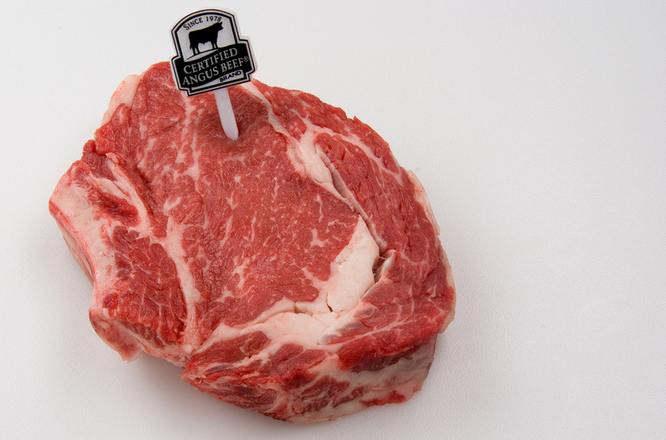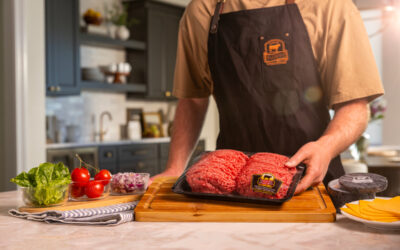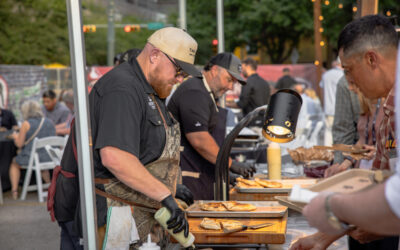
Making the best of beef
Live cattle traded early last week as a small rally in the futures market on Wednesday encouraged packers to increase their bids to $126, steady with previous week levels. Production was well under previous year and 2.3% down from the week before in number of head harvested. Carcass weights, however, continue to run well above historical levels and have offset some of the losses in head count. CAB® carcass weights are up 11 pounds for the fiscal year to date, and 35 pounds above the last 6 weeks versus previous year.
Boxed beef values were down week across all grades as demand was called sluggish. Most retail buyers have moved past Easter purchases and are now looking to begin filling their needs for peak grilling months. Grade continues to improve as USDA Choice runs at 66% of the fed cattle harvest, a full point above previous year levels. This bodes well for CAB® production, which continues up as well; acceptance rate improved over previous week to reach 24.9%.
Until we meat again,
-David
You may also like
Success, Despite Challenges
Today’s market is complex and competitive. The collective effort of stakeholders across the supply chain positions Certified Angus Beef to meet the record demand for premium beef moving forward. Signals across the beef industry are clear and Angus farmers and ranchers seeking high-quality genetics that deliver premium beef are producing a product in high demand.
Keep the Supply Coming
A record-high 800 registrants from 17 countries gathered in Austin, Texas, to learn more about CAB, become inspired by the culinary work of chefs and pitmasters, and celebrate sales and production success. But at the forefront: supply and demand, a reflection of the chaotic past year, and preparing for what’s ahead.
Consumer Demand, Power of Quality
Demand for high-quality beef persists. But with that demand comes challenges. From tight cattle supplies to higher costs and increasing pressure on retailers to deliver a consistent eating experience, the pressure is on. David O’Diam, CAB VP of retail, addressed the current retail beef environment, highlighting both opportunities and challenges in today’s marketplace.




